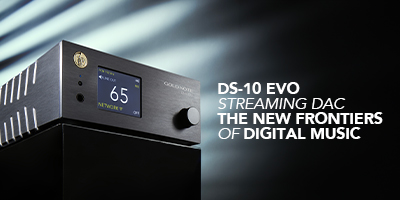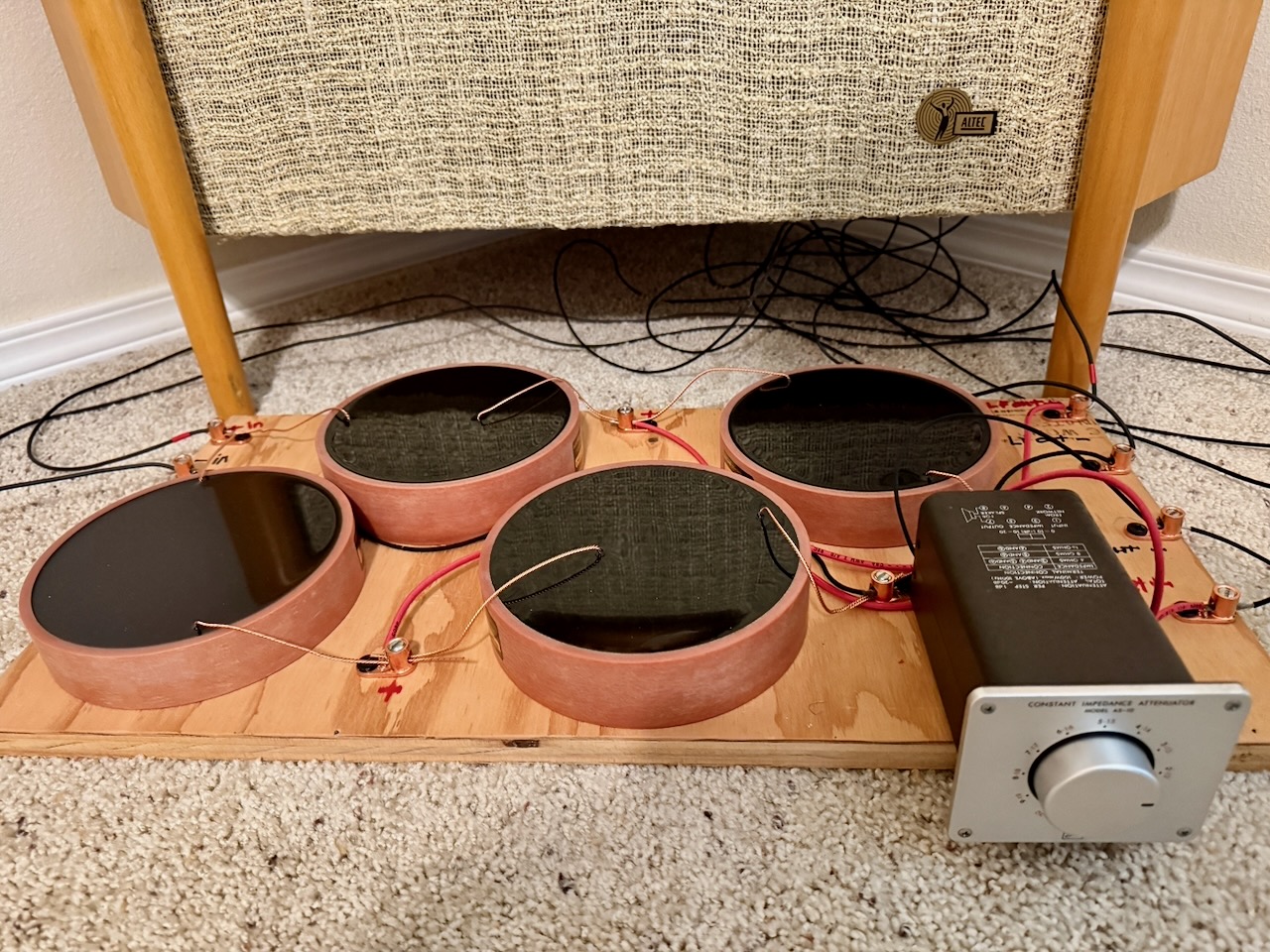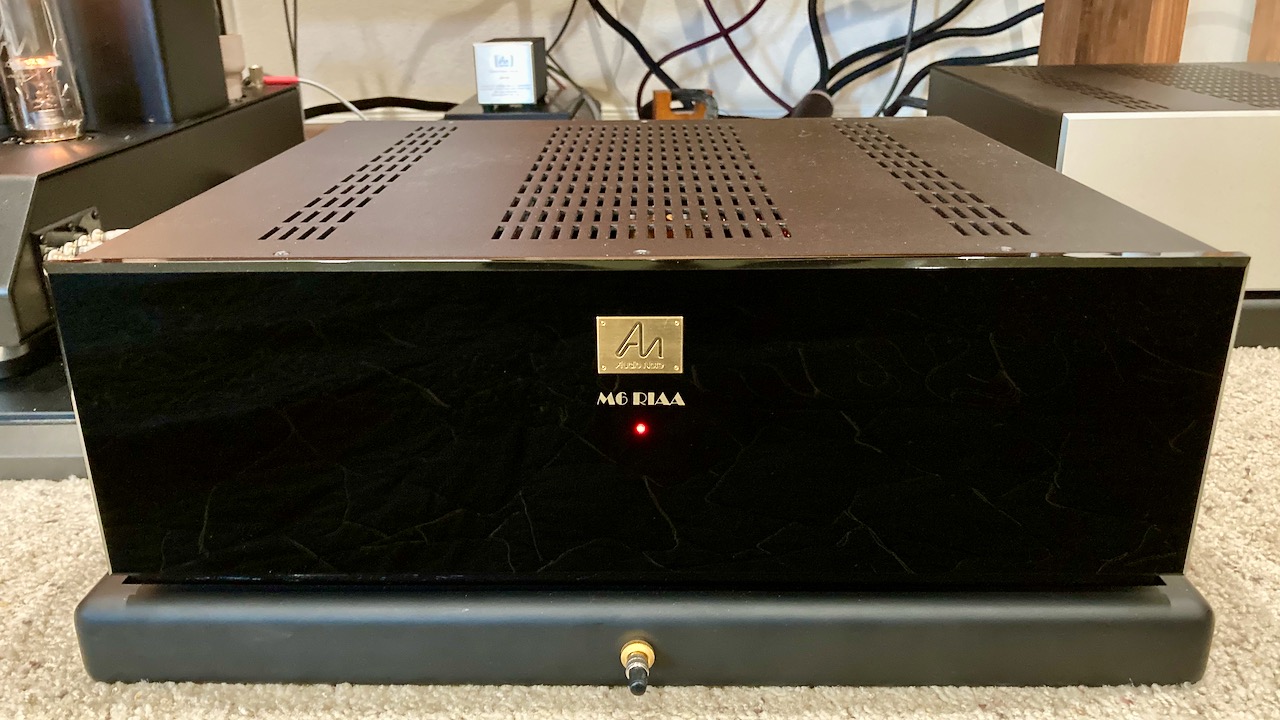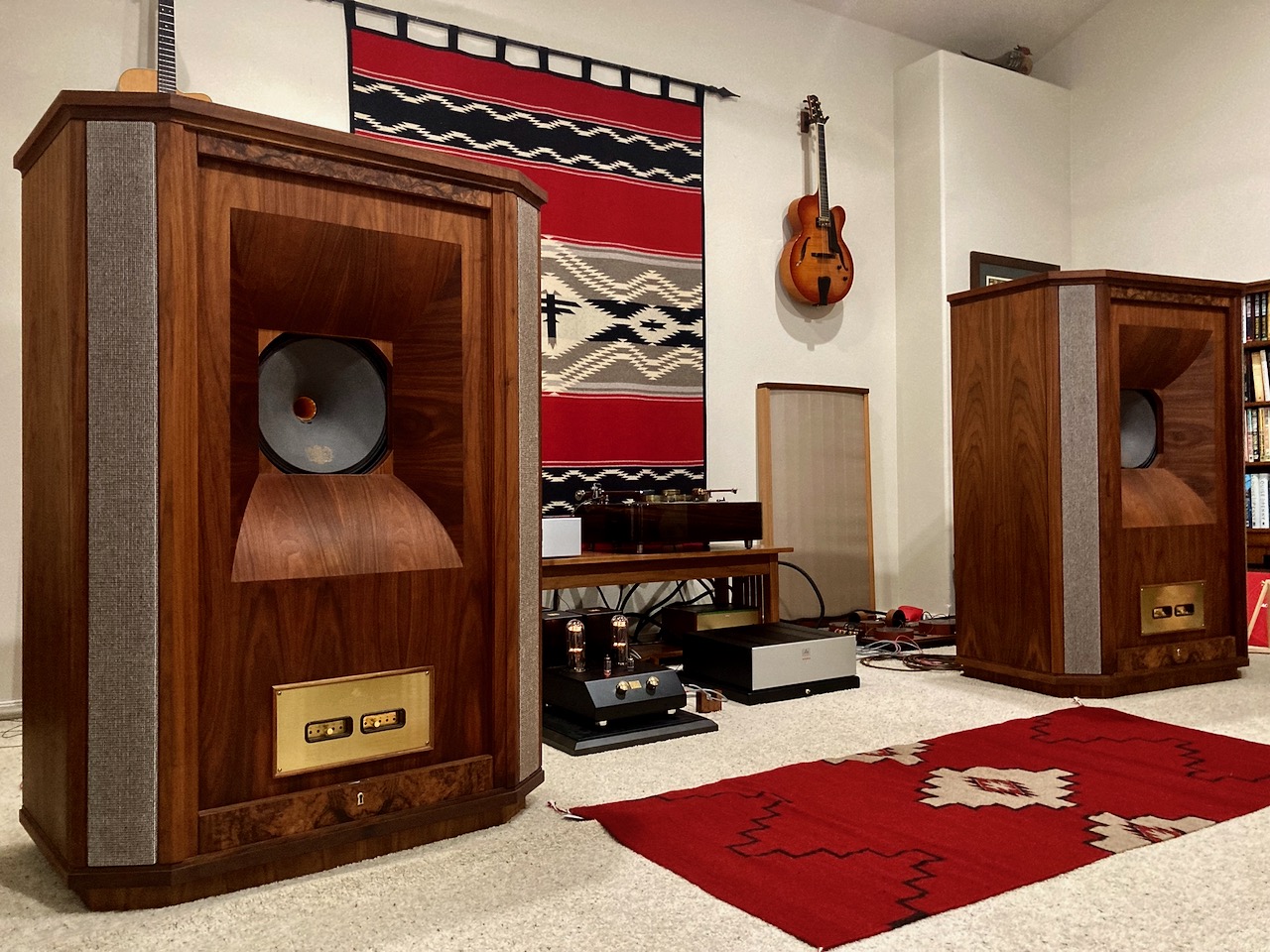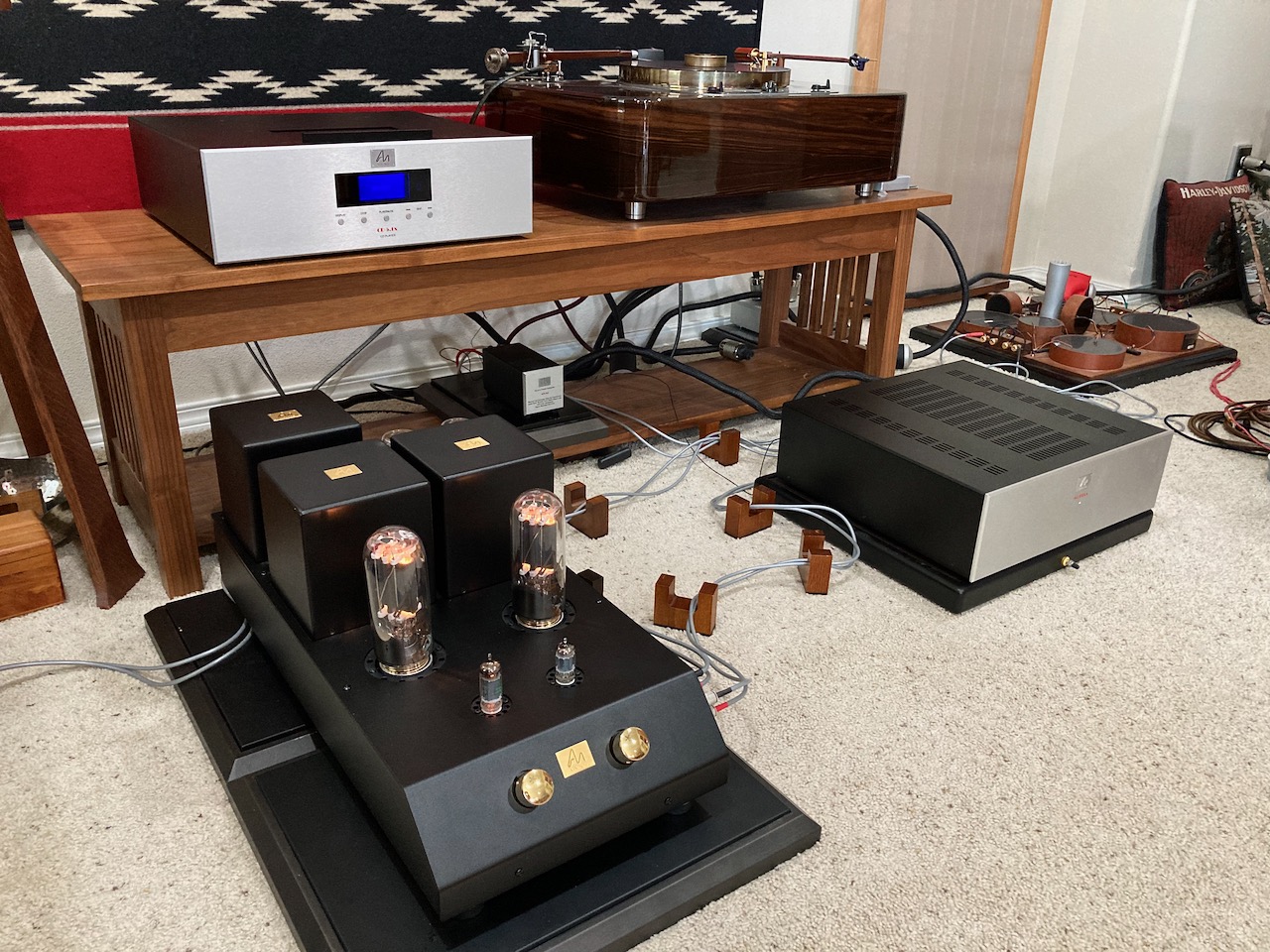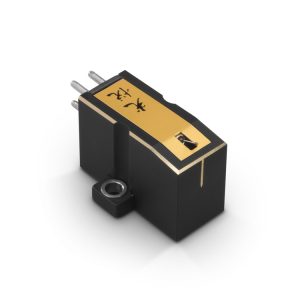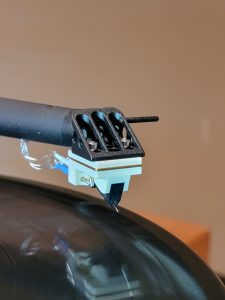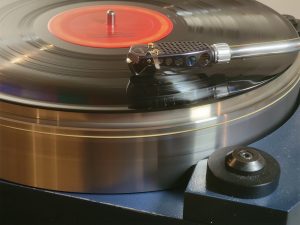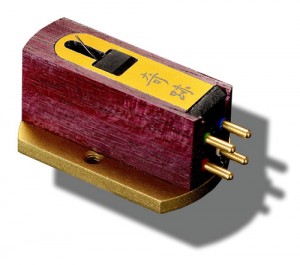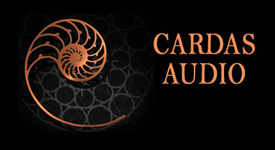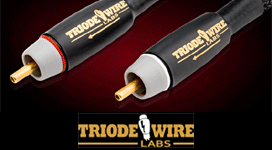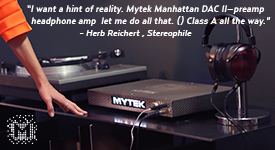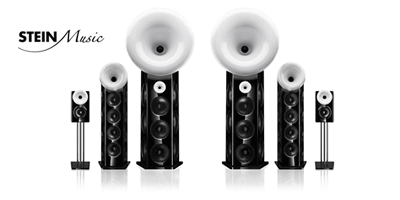Ortofon's been in the audio business for 107 years now, and they have been producing the ever-popular SPU product line of moving-coil phonograph cartridges since 1959.
Ever since the Ortofon SPU product line of phonograph cartridges made its debut, music and audio enthusiasts have been enamored with their big, bold, exciting, liquid, naturally warm, and rich presentation of the music.
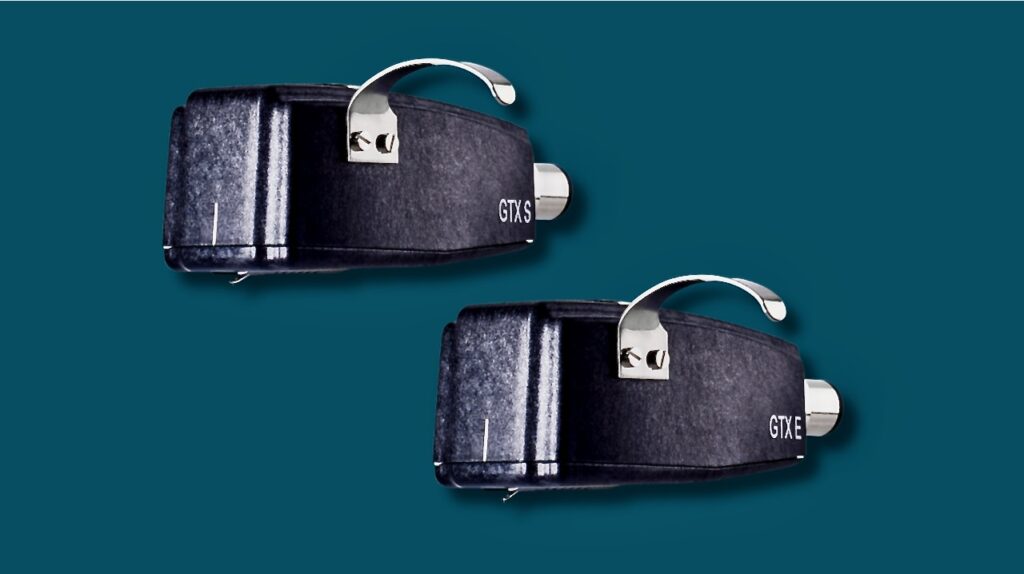
The NEW Ortofon SPU GTX S and E moving-coil phonograph cartridges.
When I first saw the press release about the innovative new Ortofon SPU GTX S cartridge back in December, I was thrilled by Ortofon's description that it included a miniature step-up transformer (SUT) inside the SPU body shell, so no outboard SUT was needed, which resonated with my belief that simplicity in audio aids in achieving extraordinary musical performance.
That internal SUT means that music lovers can run their Ortofon SPU GTX S cartridge directly into a moving-magnet phono preamplifier without the need for an external SUT, as is usually the case with moving-coil phonograph cartridges, opening up easy access to that classic SPU magic to a new generation of listeners.
An Audio Enūma Eliš
English Assyriologist George Smith in 1876 published the Babylonian creation story the Enūma Eliš, that was recovered by English archaeologist Austen Henry Layard in 1849, from the ruins of the Library of Ashurbanipal at Nineveh.

Bas-Relief from the temple of Ninurta at Kalhu. Public domain photo courtesy of Wikimedia Commons.
This fascinating ancient Akkadian text from the late 2nd millennium BCE described the creation of the world, a battle between gods focused on offerings to the deity Marduk, the creation of man destined for the service of the Mesopotamian deities, and it ends with a long passage praising Marduk.
A year after the publication of the Enūma Eliš in 1876, the seed of an audio creation story was planted at the start of the acoustic era of recording in 1877, which would develop and grow to fruition over the next century, as we spanned the acoustic era of recording (1877-1925), the electrical era of recording (1925-1945), the magnetic era of recording (1945-1975), and the digital era of recording (1975 to the present).
Documenting creation stories is important to mankind for establishing a framework of history, of belief, and of mankind's role in the world.
In the same way us audio scribes need to remind ourselves and our fellow enthusiasts of the audio creation stories that have brought us to the present day of high-fidelity audio.
Among those audio creation stories, we should remind ourselves every time the stylus of our moving-coil cartridge touches down in an album's record groove, of audio's Enūma Eliš of the Ortofon SPU moving-coil phonograph cartridge, and the monumental impact it would have on the world of high-fidelity audio.
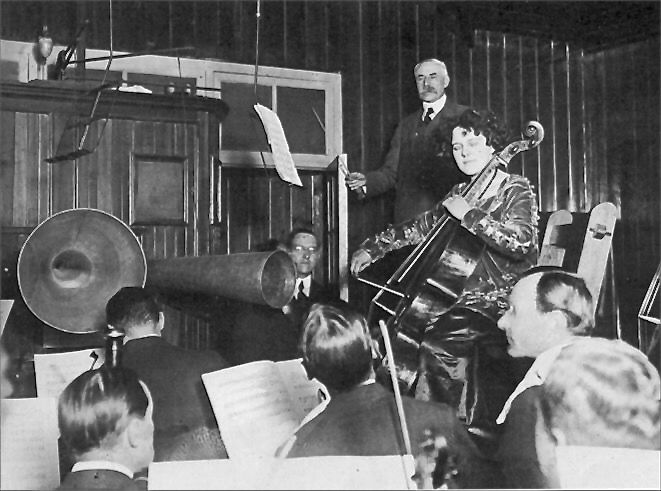
Cellist Beatrice Harrison and composer Edward Elgar recording his Cello Concerto at HMV's studios, using the acoustic recording process. Public domain photo courtesy of Wikipedia.
I want to take you on a journey back in time to the latter part of the 19th century, when new emerging technologies were taking the world by storm, with technologies like the telephone, typewriter, electric battery, steam locomotive, and audio and video recording were emerging and shaping the imagination of a new and modern society.
In the later part of the 19th century, audio got its start in the acoustic era of audio recording (1877-1925), and the silent film era had captured the imagination of the public (1890-1930).

"Charlie Chaplin, widely acclaimed as one of the most iconic actors of the silent era, c. 1919." Public domain photo courtesy of Wikimedia Commons.
As these marvelous new technologies emerged and became popular with the public, during the time when Enrico Caruso was "the voice" of acoustic music recordings on 78rpm records, and Charlie Chaplin was "the face" of the silent film industry, there were visionaries who were thinking about how to take those two technologies—sound and film—and merge them together.
In 1918 two Danish engineers—Axel Petersen and Arnold Poulsen—envisioned a future where those two technological marvels would be combined, or synchronized, and they founded the Electrical Phono Film Company to research this possibility, which would later become the Ortofon we know and love today.
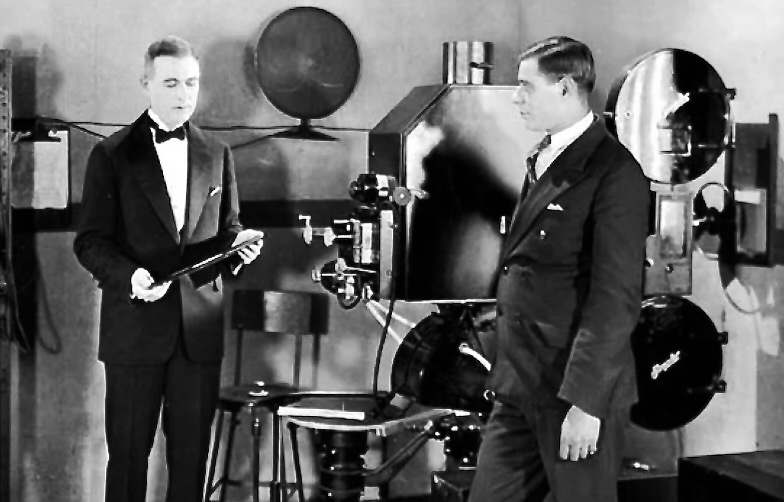
Axel Petersen and Arnold Poulsen. Photo courtesy of Ortofon.
By 1923 Axel Petersen and Arnold Poulsen's vision of combining synchronized sound and film recording was realized, and when the first experimental film with synchronized recorded sound was shown at the Palace Theatre in Copenhagen, the names of Petersen and Poulsen were credited on the film strip for this innovation.
The first commercially successful type of electrical phonograph pickup was introduced in 1925 at the start of the electrical era of recording. As time progressed through the electrical era of recording (1925-1945) and into the monaural magnetic era of recording (1945-1957), the performance potential of sound recording had evolved beyond the performance of the available phonograph cartridges.
In 1918 Petersen and Poulsen had founded the Electrical Phono Film Company, but as recording technology continued to advance, the name of the company was changed to FonoFilm Industry A/S, and in 1947 Ortofon A/S was founded under the FonoFilm Industry umbrella.
The name "Ortofon" was created from the contraction of two Greek words "orto" and "fon," which meant "correct sound."
In 1948, in response to the need for higher-fidelity phonograph cartridges that could realize the full potential of monaural magnetic recording, Ortofon's Holger Christian Arentzen introduced the world's first moving-coil phonograph cartridge, the Mono-A.
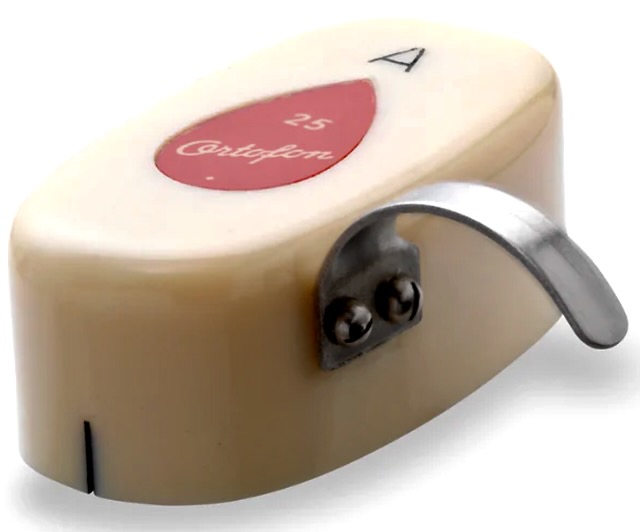
The Ortofon "Mono-A" was the first moving-coil phonograph cartridge.
The Ortofon Mono-A moving-coil phonograph cartridge was a tremendous advancement in sound quality during the monaural magnetic era, and featured a fixed magnet and a moving coil, which generated sound by converting mechanical vibrations from the record groove into electrical signals.
In 1957 sound recording once again advanced substantially during the stereo period of the magnetic recording era (1957-1975). The new higher-fidelity stereo recordings meant that a new stereo phonograph cartridge was needed to realize their full potential.
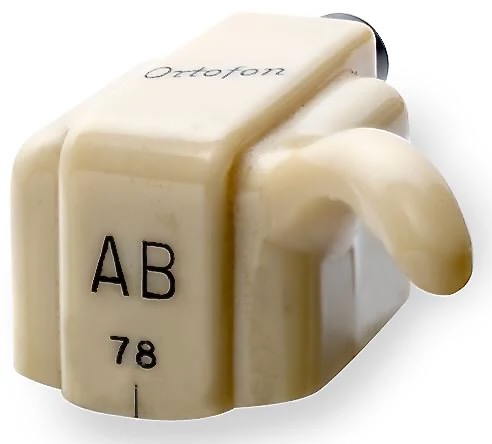
The first stereo pick-up (SPU). Photo courtesy of Ortofon.
In response, Ortofon's monaural moving-coil phonograph cartridge technology was updated to stereo, and the first stereo pick-up (SPU) was released in 1959 so that the higher-fidelity performance of these new stereo recordings could be realized by recording industry professionals and home listeners.
Audio technology hasn't stood still, and in response Ortofon continued to incorporate materials advancements into their moving-coil phonograph cartridges. Stronger magnets made from samarium cobalt and neodymium reduced the size of magnetic circuits and increased cartridge output. New thin cantilever rods made from hard materials like sapphire, boron, and ruby were incorporated. The availability of high-purity Japanese copper and silver wires allowed new state-of-art moving-coils. A new wood-powder resin material was used to make SPU housings.
I for one, am grateful to Ortofon for the development of the SPU moving-coil phonograph cartridge, and the monumental impact it has had on the world of high-fidelity audio, that I derive so much pleasure from today.
I encourage you to join me in kindling the memory of one of our most cherished audio creation stories, that of the Ortofon SPU moving-coil phonograph cartridge, every time the stylus of your phonograph cartridge touches down into the record groove of a favorite album.
The New Ortofon SPU GTX S Moving-Coil Phonograph Cartridge
The newly released Ortofon SPU GTX S moving-coil phonograph cartridge combines both classic and modern design elements, to produce a phonograph cartridge I consider to be truly magnificent.
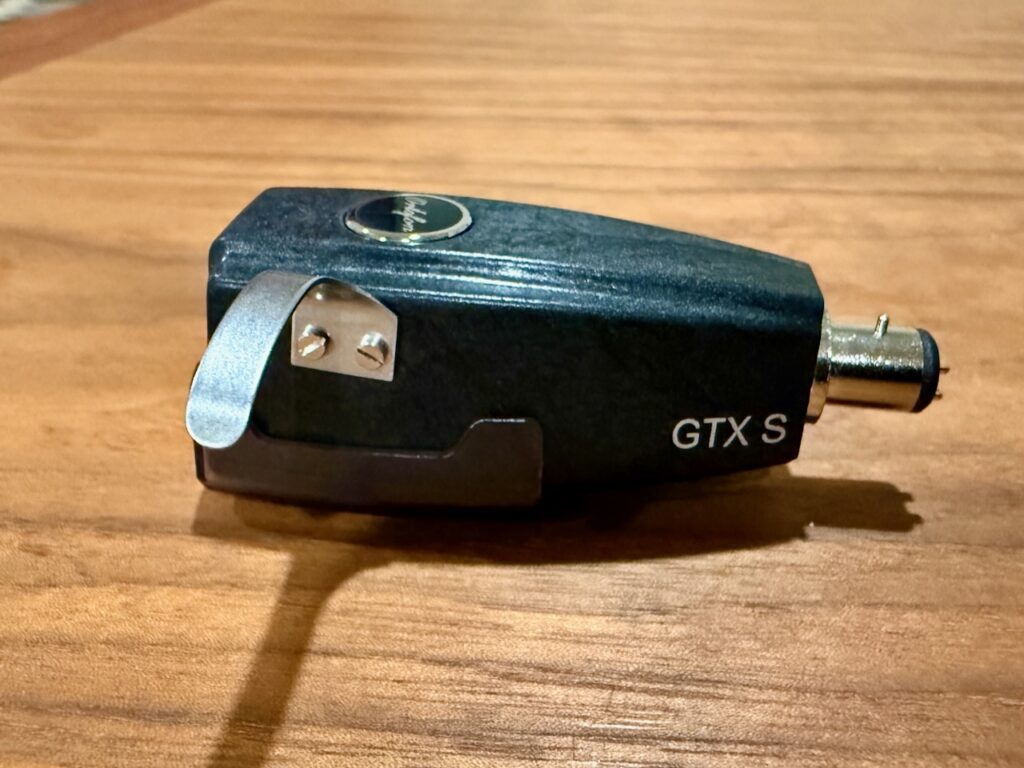
The new Ortofon SPU GTX S moving-coil phonograph cartridge with internal SUT.
The GTX incorporates high-performance technology that has stood the test of time, like Alnico magnets, high-purity copper moving-coils, and an aluminum cantilever, just like in my SPU Classic cartridge that I've been enjoying for many years now.
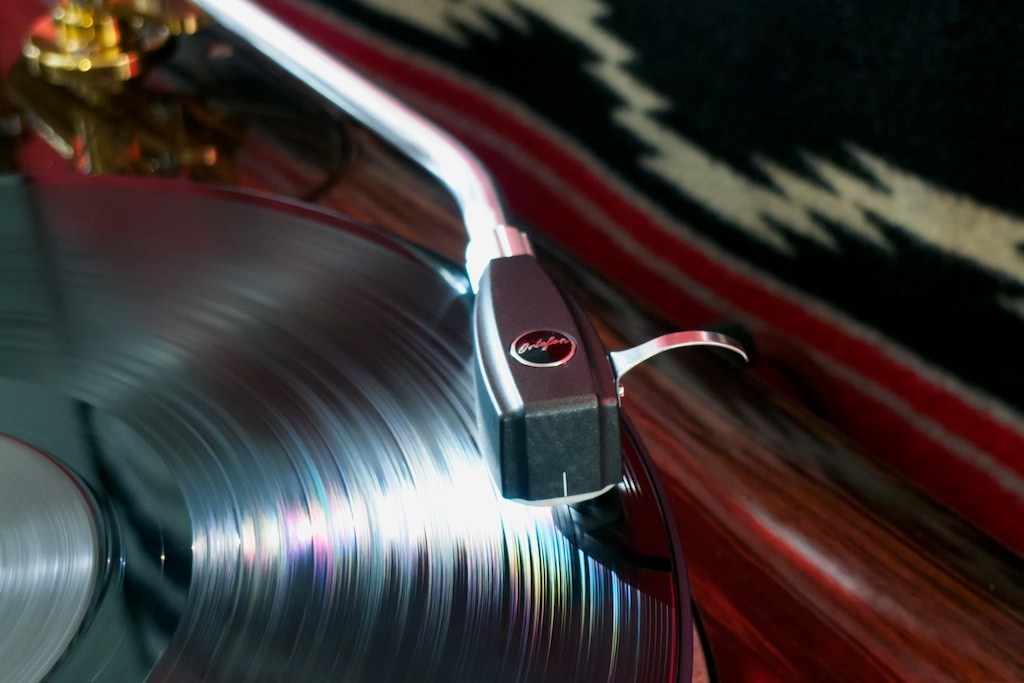
My Ortofon SPU Classic GM MKII.
I asked Ortofon's Louis Dorio what the inspiration for the new Ortofon SPU GTX S was:
"The major driving force behind the development of the GTX series was request from the market, especially the Japanese market. It's a big part of our heritage—the original GT came out in 1959 and was discontinued in 1979. The next one was available in 1994 and lasted about 10 years. So the GTX is really a third generation product, and we feel that it's the finest example of that."
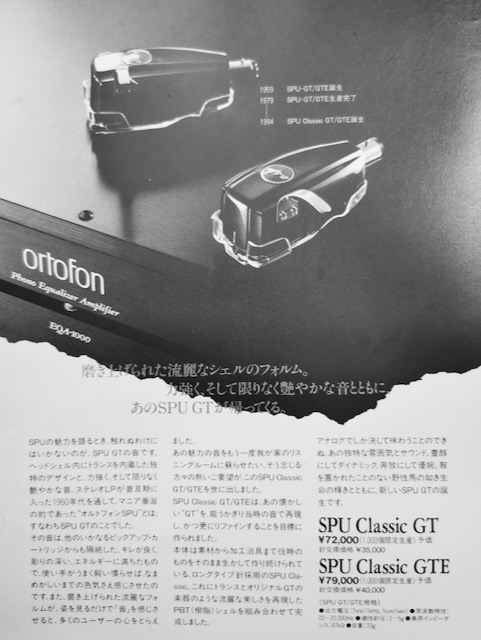
The original advertisement for the Ortofon SPU Classic GT and GTE.
I asked Louis if he could tell us a little more about the new GTX's innovations:
"The new glass-fiber reinforced polymer was chosen to reduce the overall mass and to make the walls of the housing a little thinner—this is owing to the size and weight of the transformer that has to live inside. Of course this presents some unique challenges, because the housing material has an influence on the sound. We settled on this material because it gave the right level of involvement in the sound. It has to be just right—not too much, not too little."
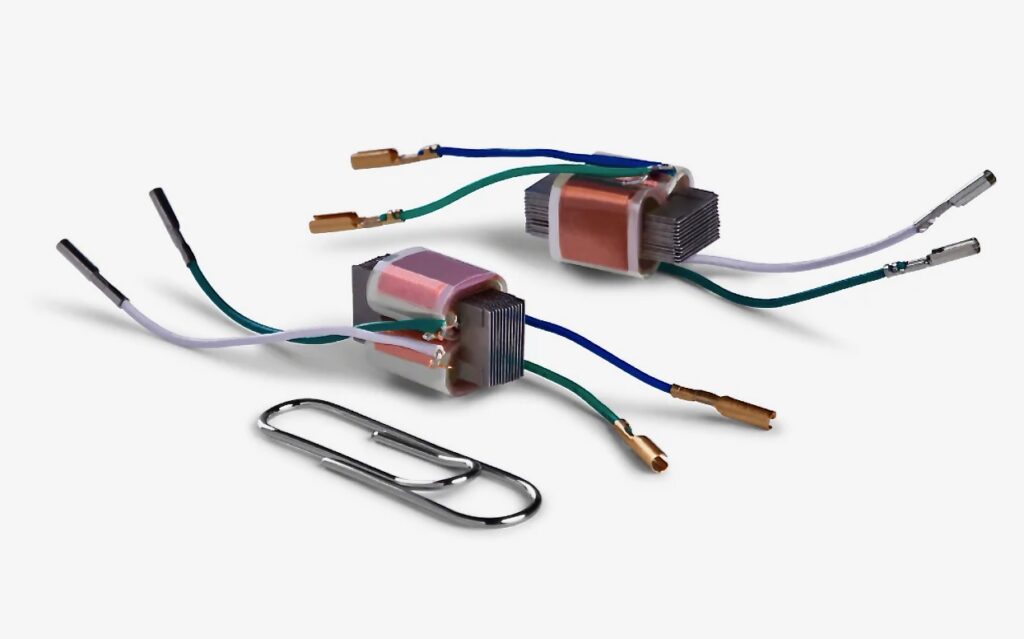
Ortofon internal mini-SUT for the GTX.
"The transformer was another interesting challenge on its own—there were a lot of experiments to optimize the performance of the transformer given the limited real estate it has in the shell. We opted for permalloy core material, despite trying the amorphous material (it didn't provide the right sound in this application) that we use in our Lundahl-based ST-70 transformer. There was also the challenge of shielding the transformer, as we had to balance the need for shielding properties with the thickness of the material that could fit here."
"Also, as far as internal construction of the motor unit and stylus, this is the same as our SPU #1 series. As you can probably tell, there's a certain magic to having a custom-built transformer designed around the SPU motor."
I like to think of the Ortofon SPU GTX S as a nuevo classic design, a reprinting of the Enūma Eliš, so to speak, whose genetic origins can be traced back to the Ortofon SPU Classic GT and GTE moving-coil cartridges, and even back to those original SPUs.
The Vintage-Inspired Audio System For This Review
In a nod to recognizing the great importance of our audio history, I installed the new Ortofon SPU GTX S moving-coil phonograph cartridge into my vintage-inspired audio system, that also combines both classic and modern design elements to achieve extraordinary performance.
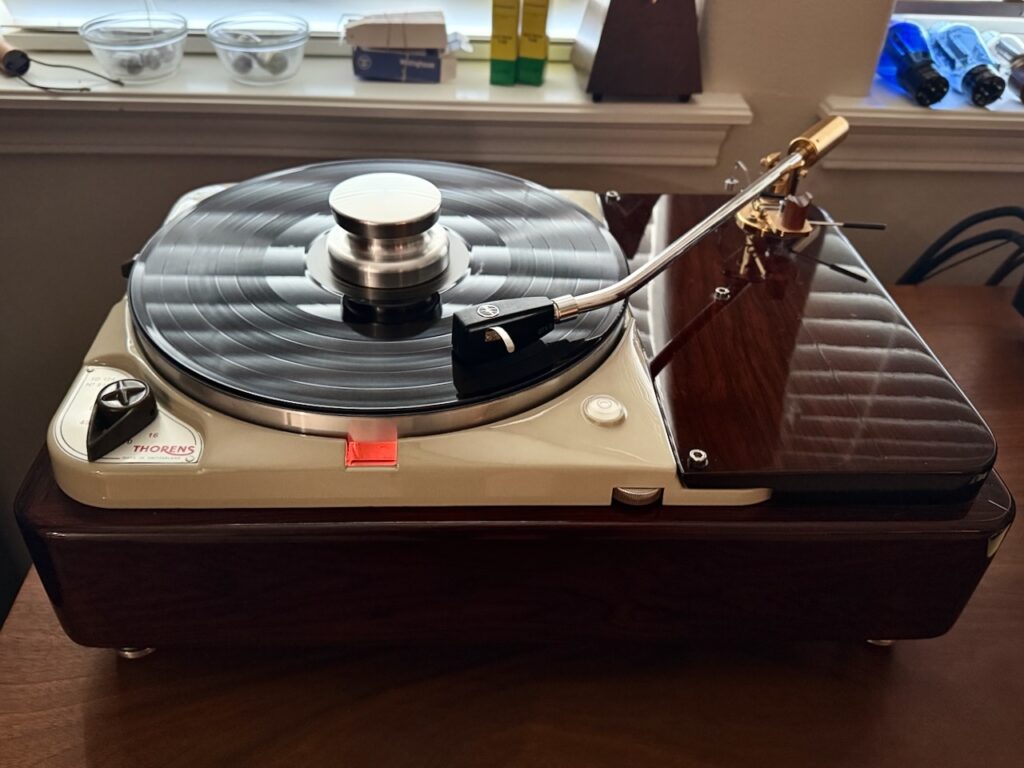
Vintage Thorens TD-124 with the new Ortofon SPU GTX S moving-coil cartridge with built-in SUT.
The turntable in my vintage-inspired audio system is my classic Thorens TD124 turntable that was restored by Artisan Fidelity. The TD124 is known for its exceptional sound quality and robust build, and was originally introduced in the late 1950s, around the same time as Ortofon's debut of the storied SPU moving-coil phonograph cartridge, both of which are beloved by us audiophiles for their vintage charm and high-fidelity performance.
I mounted the Ortofon SPU GTX S—hereinafter referred to more simply as the "GTX"—on the Thomas Schick 12-inch tonearm, which is also a nod to audio's origins, and is an excellent match to the GTX.
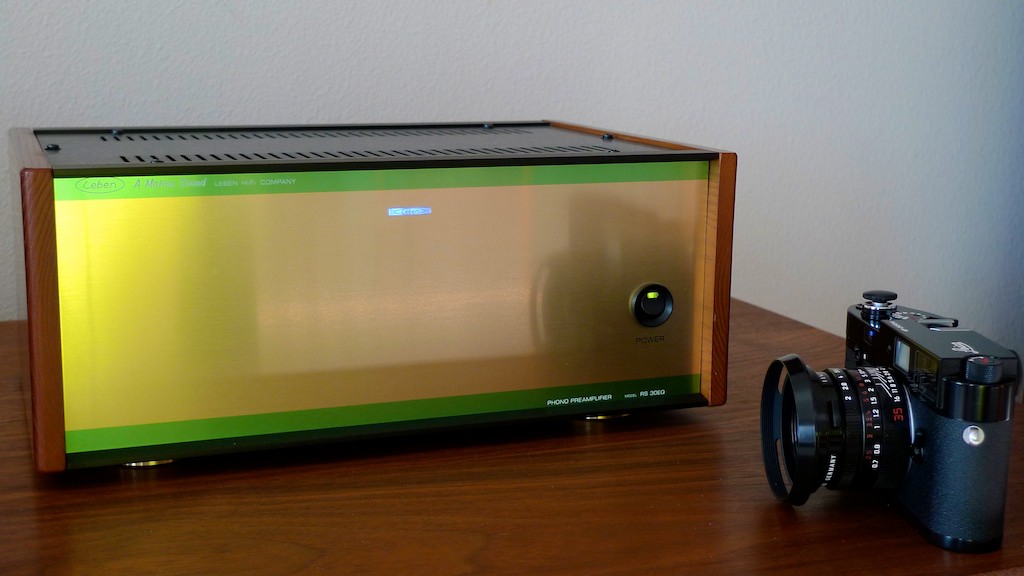
Leben RS-30EQ phono equalizer.
The tonearm leads plug directly into my lovely little vacuum tube phono preamplifier, the Leben HiFi Stereo Company RS-30EQ, with no need for a SUT between the two thanks to the GTX's internal SUT.
That is a simplicity that I appreciate, eliminating the need of an external SUT and an additional pair of interconnects. This simplicity is not only a cost savings to the listener, but also removes a number of sound quality degrading connection interfaces the signal has to pass through—a win-win.
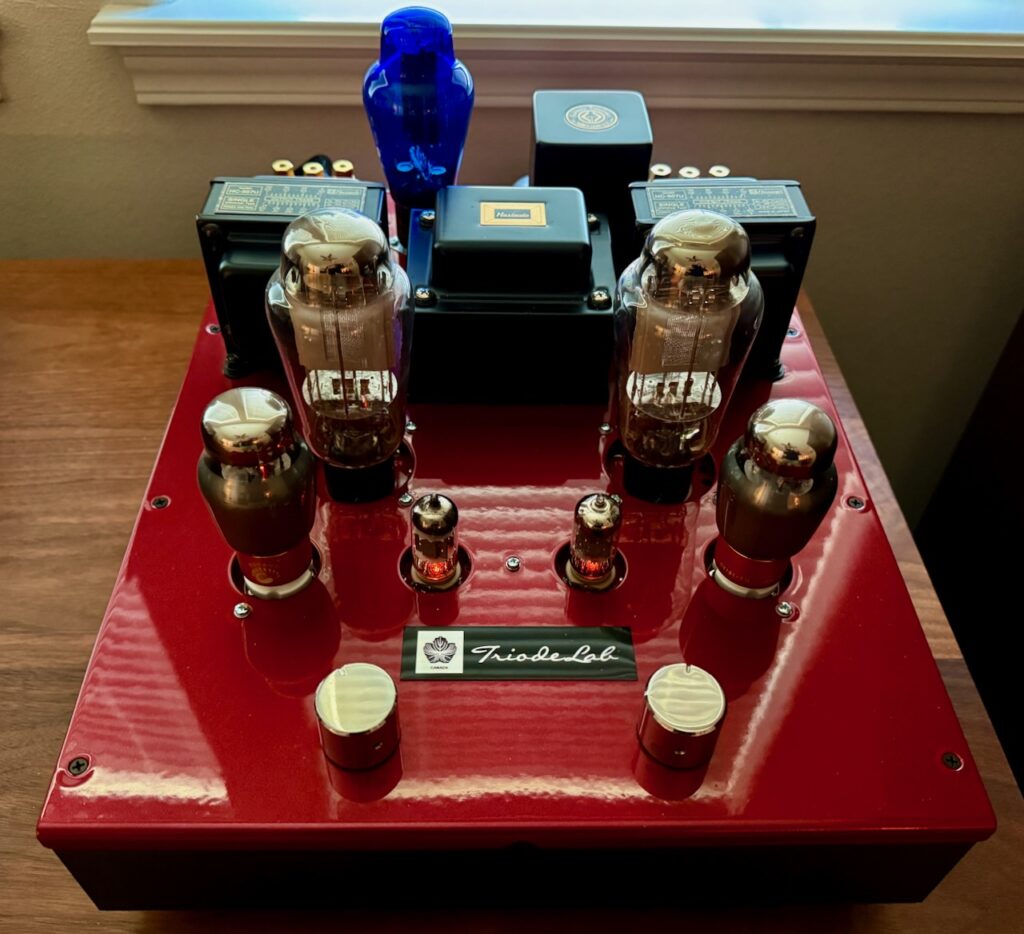
The Triode Lab 45 EVO SET integrated amplifier.
From the RS-30EQ a pair of Acoustic Revive RCA Absolute FM Interconnects plugs into the incredible performing little Triode Labs 45 EVO SET integrated amplifier, which is in itself a nod to simplicity and ultra-high-fidelity performance.
The 45 EVO connects to the loudspeakers with another nod to simplicity and history, the Duelund Coherent Audio DCA16GA tinned-copper speaker cables.
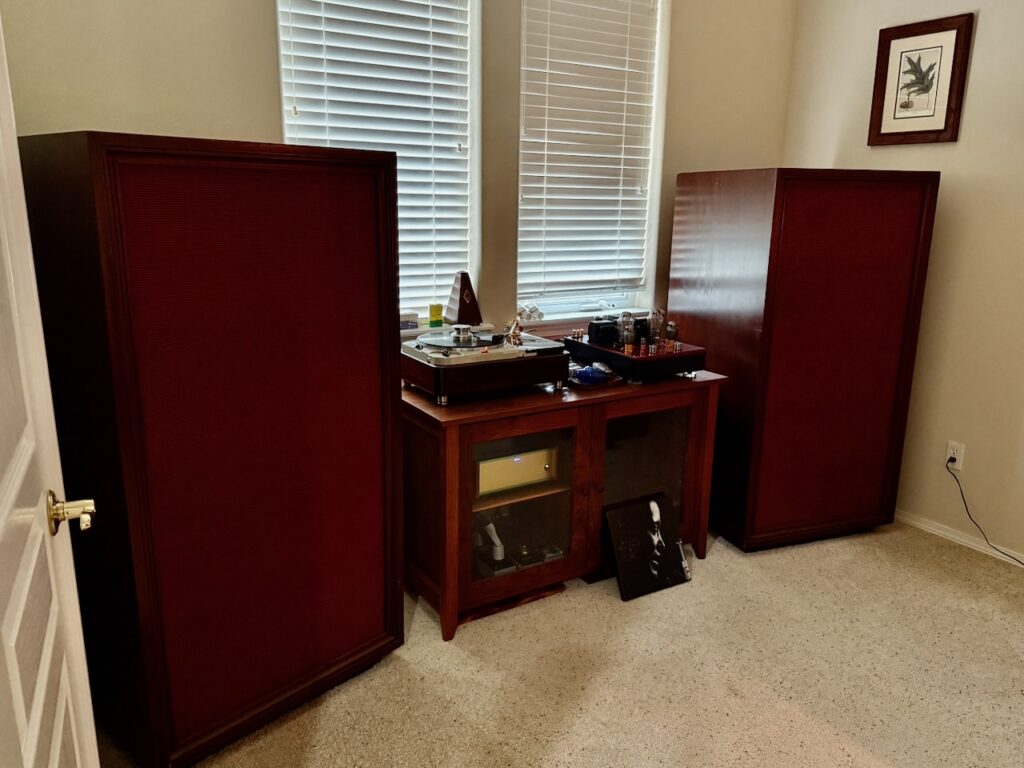
The custom vintage Altec loudspeakers made for Conductor Leopold Stokowski.
The loudspeakers themselves are actually an important chapter in the history of audio, as they were custom built Altec loudspeakers for famed Conductor Leopold Stokowski, for his domestic use in the early 1960s.
Frederik Carøe of Duelund Coherent Audio fame and I replaced these vintage loudspeakers' crossovers in the Duelund-Altec Project using the latest state-of-art Duelund Coherent Audio CAST tinned-copper capacitors, inductors, and resistors—in a Jean Hiraga inspired crossover circuit - that brought them to a level of performance that is only dreamed about with many modern loudspeakers.
In terms of musicality, live-like musical realism, emotional impact, and the natural presentation of imaging, soundstage, and sense of recorded acoustic, Conductor Leopold Stokowski's custom Altec loudspeakers with their updated Duelund CAST tinned-copper crossovers, combined with the other exceptional components in this vintage-inspired audio system, are the perfect ultra-high-fidelity laboratory for listening to the new Ortofon SPU GTX S phonograph cartridge.
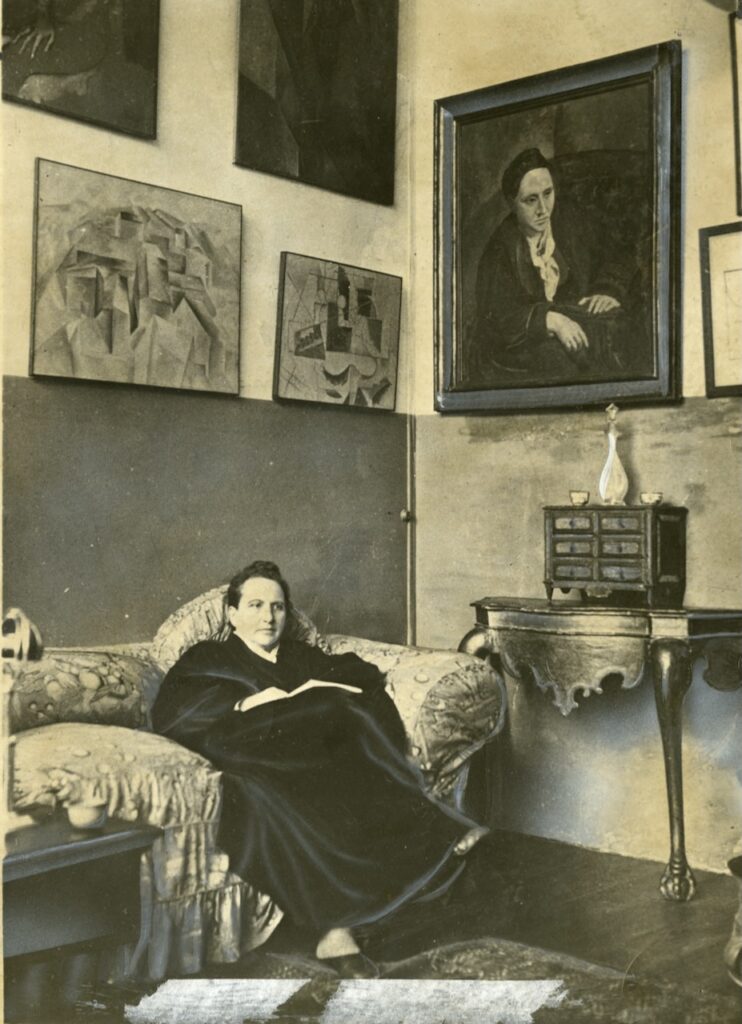
Gelatin silver print of Gertrude Stein in her Paris studio with portrait of her by Pablo Picasso. Public domain photo courtesy of the Library of Congress and Wikimedia Commons.
I like to think of this vintage-inspired audio system as what Gertrude Stein would have listened to in her 27 rue de Fleurus Stein Salon in the avant-garde city of Paris in the 1920s, had this audio system existed then.
This was where the muse met with members of 'the Lost Generation' of Pablo Picasso, Ernest Hemingway, F. Scott Fitzgerald, Sinclair Lewis, Ezra Pound, Henri Matisse, et al, which catalyzed the literary, artistic, and cultural explosions that occurred from those encounters in her Stein Salon.
As a final note, this vintage-inspired audio system is set up in my rather small office in a break from audiophile orthodoxy, with the loudspeakers positioned in room-boundary locations (i.e. room corners), which accentuates the emotional engagement of the listening experience with all monaural (particularly) and stereo recordings from Planet Earth's Recorded Music Canon, spanning the acoustic to digital eras of recording.
Listening To the Ortofon SPU GTX S
My listening priorities have evolved some over the decades, so I thought I'd mention what I'm listening for in the GTX's performance.

Public domain photo of Woody Guthrie in 1943 with his Gibson LG-2, at least I think it's the LG-2.
Musicians express their creativity through live music and recordings, connecting with audiences through their personal experiences and messages. They aim to make an impact in their chosen art form, evoke emotions, and inspire change in society through their music.
So what has risen to the top of my listening priorities is the ability of an audio component to connect me as a listener to the musicians evoking my emotions through their music, from recordings of any era of the recording arts, of any fidelity.
I want to feel the artistry of their music and message in my ears, in my heart, and on my body.
I've found some of the keys to this style of listening emphasis is for audio components to let as much recorded information through as possible, to provide high-contrast among recordings of differing eras and fidelity, and with an overall voicing that emphasizes the musicality and emotional attributes of music, which results in sound quality mostly taking care of itself.
As you might imagine, I've been listening to a lot of records through the Ortofon SPU GTX S moving-coil phonograph cartridge, and I've picked out what I think are a selection of particularly fun, emotionally engaging, and fine records to highlight its performance attributes.
Let's do a little listening, shall we?
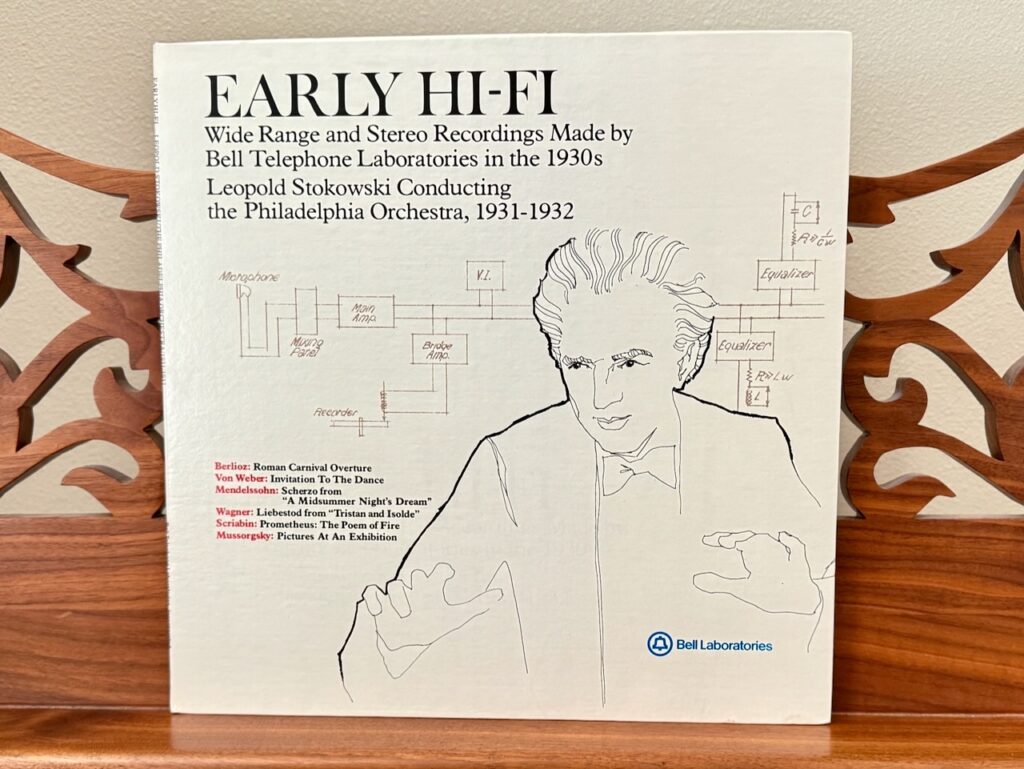
For our first example album, let's listen to the fascinating Bell Laboratories' Early Hi-Fi record of Leopold Stokowski conducting the Philadelphia Orchestra, 1931-1932, which was released in 1979.
"Music, science and engineering came together at Bell Laboratories in the 1920s and 30s to create the forerunners of modern high fidelity and stereo recording and reproduction systems."
More information about these historic recordings can be found HERE, courtesy of the Library of Congress.
Bell Laboratories influence on the recording arts reaches back into the acoustic era of recording (1877-1925), when in 1915 Bell engineer H. D. Arnold began to investigate making higher quality recordings, by driving the cutting stylus electrically by a vacuum tube amplifier, instead of an acoustically driven stylus.
Bell and a team of its engineers went on to develop the first electrically driven recording system. Victor Talking Machine Company and the Columbia Record Company acquired licenses to use the Bell designs, and Western Electric built and provided the recording equipment to them.
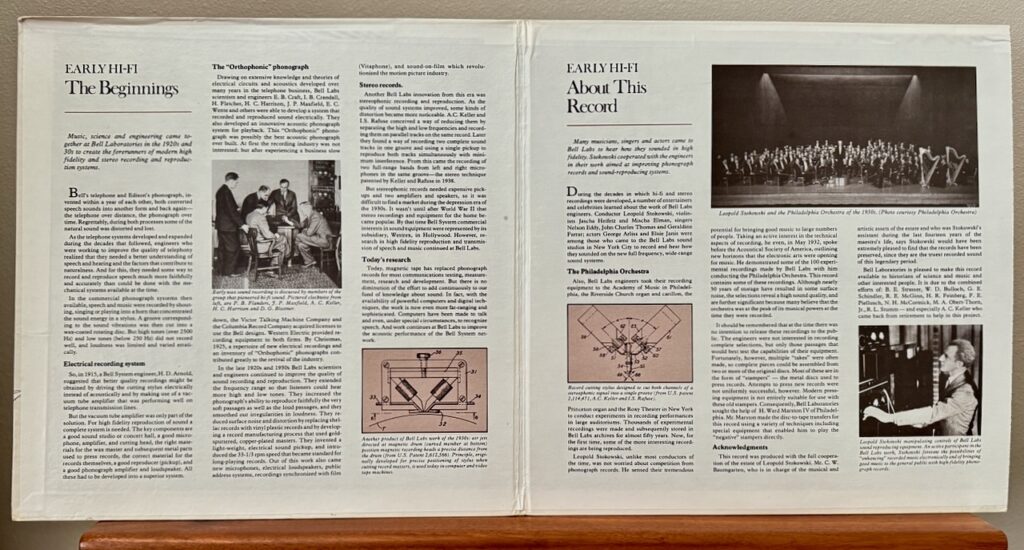
In December of 1925 the new electrical recordings were released to mark the beginning of the electrical era of the recording arts (1925-1945).
In May of 1932 Conductor Leopold Stokowski spoke to the Acoustical Society of America, describing the potential horizons that the electronic recording arts were creating for music, and demonstrated some of Bell Laboratories' 100 experimental electrical recordings of him conducting the Philadelphia Orchestra that are on this record.
The rest is history, the history of the electrical era of the recording arts, and its advancements in fidelity over acoustic era recordings.
Bell Laboratories contacted Ward Marston who transferred those early recordings from stamper discs (mostly) to tape, and those transfers were used to make this record which was released in 1979.
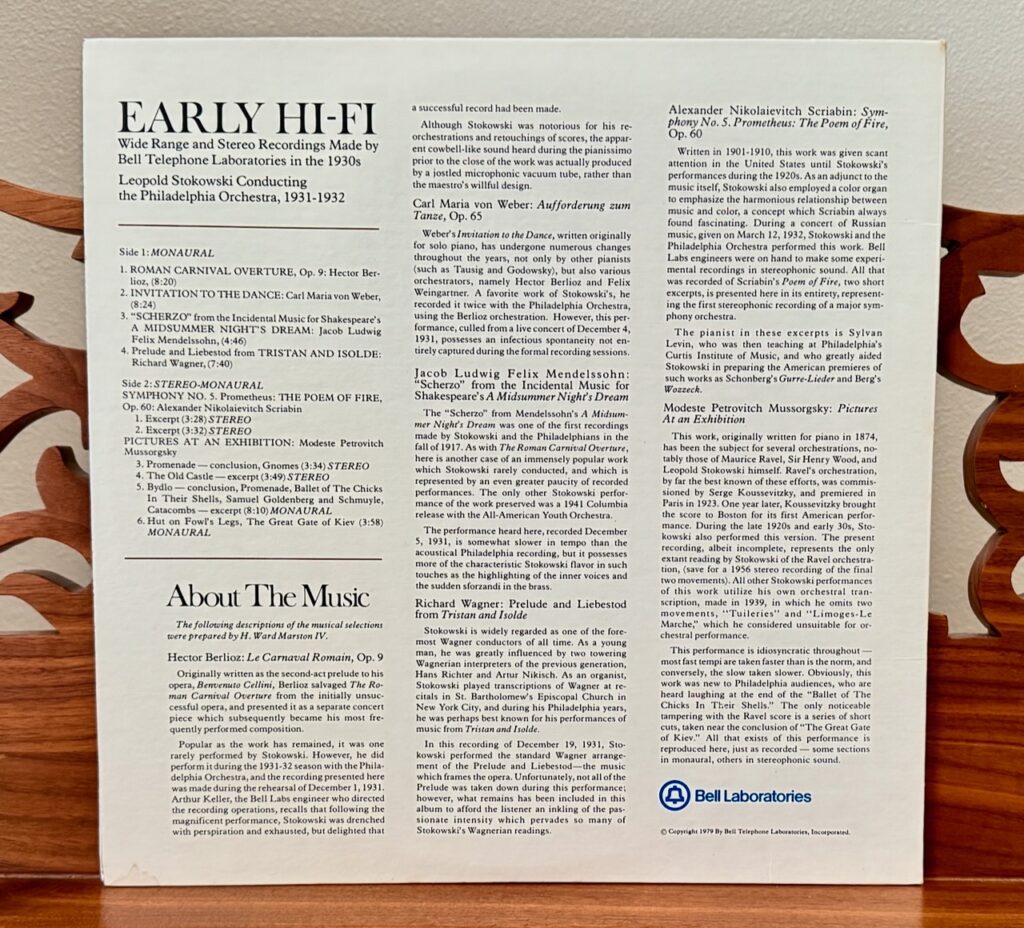
"Bell Laboratories is pleased to make this record available to historians of science and music and other interested people."
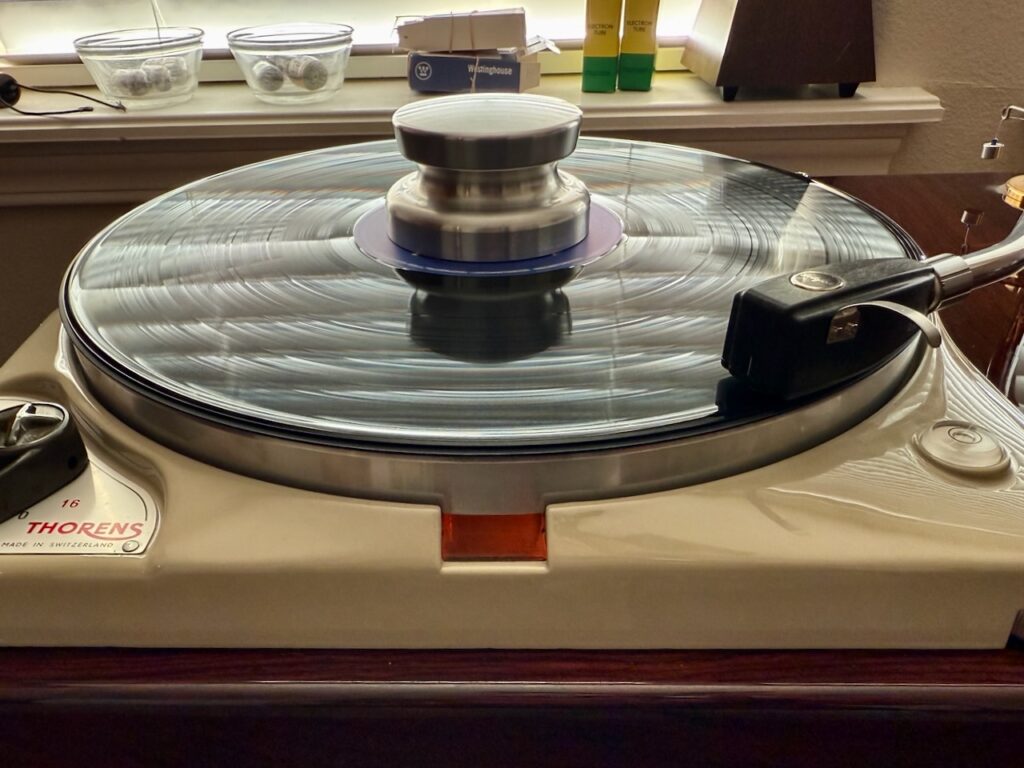
Listening to these experimental electrical era recordings through the Ortofon SPU GTX S was a delight, with the music full of refinement, beautiful tonality, impressive sounding dynamic range for their time, powerful dynamic peaks, and a powerful display of dramatic emotional content, as well as minimal intrusion of noise artifacts from those original stamper discs.
The excellence of the musical performances with Stokowski conducting the Philadelphia Orchestra was without question through the GTX. The GTX excelled in delivering tangible emotional shadings of the music, with Side 1 monaural recordings of Berlioz's "Roman Carnival Overture, Op. 9" revealed as being full of vivid excitement, and Weber's "Invitation To The Dance" full tonal beauty, charm and elegance, for example.
The GTX handled these early experimental monaural recordings well, revealing them to be the unique works of audio art they are, with the nature of the recording and their fidelity clearly revealed.
The GTX showed these early monaural recordings to have enough resolution to capture meaningful levels of details of timbral textures, even audience coughs in the background were audible. The inherent noise of these early direct-to-disc recordings was also revealed, but did not come across as an intrusion that distracted from these artful musical performances.
Side 2 leads off with Bell Laboratories experimental stereo recordings that were made during the electrical monaural recording era—of Scriabin's Symphony No. 5 and The Poem of Fire - more than two decades before stereo would become mainstream during the stereo period of the magnetic era of recording (1957-1975).
The excitement of these performances was tangible, the stereo recordings were wall-to-wall in width, and the imaging excellent, decades before audiophiles would begin to cherish such visuospatial prowess.
Through the GTX the level of fidelity of these very early electrical era recordings was much more impressive than you might think, given their age, particularly those on Side 2.
The GTX delivered the full impact of these fine musical performances of Stokowski conducting the Philadelphia Orchestra across to me as a listener, delighting my senses, lighting up my emotions, and of course there's that Ortofon SPU GTX signature sound of a big, bold, exciting, liquid, naturally warm, and rich presentation of the music, that makes thoughts of a turbulent world fade into the background.
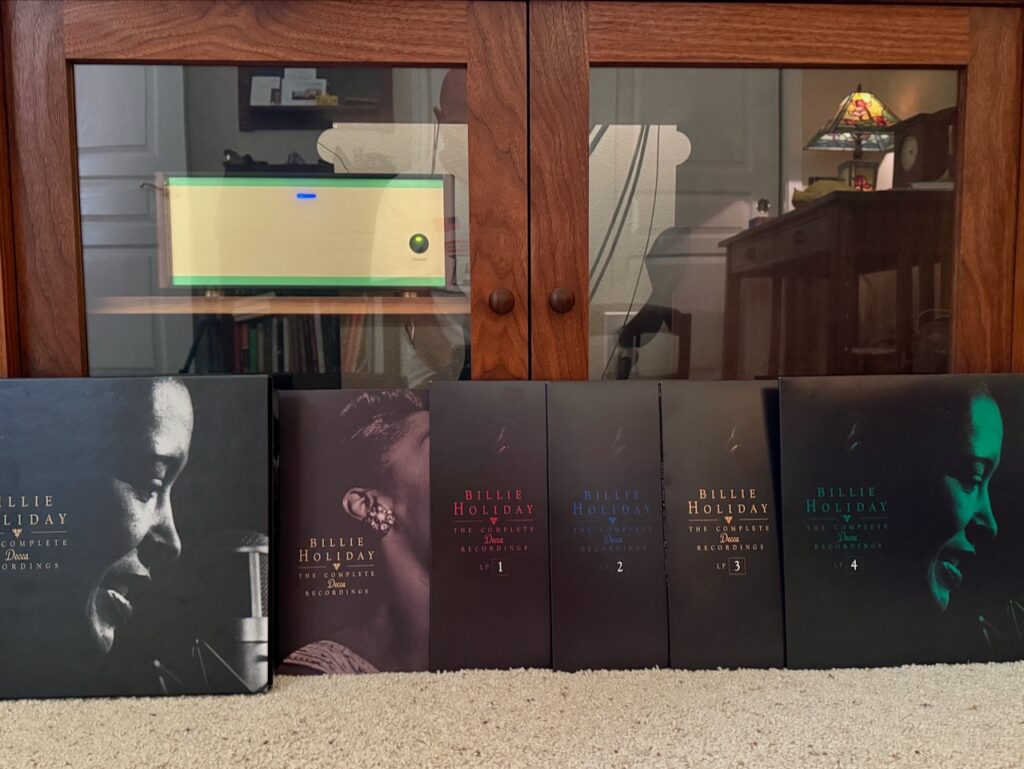
For my next example, let's listen to Billie Holiday: The Complete Decca Recordings 4LP box set reissue by Verve Records, which I believe ought to be in every jazz lover's music library (HERE).
As the Verve Records website says, "Billie Holiday was at the peak of her vocal artistry during her 5 ½ years with Decca Records, 1944-1950."
I couldn't agree more, Billie is positively transcendent in these recordings from 1944-1951, and kudos to Verve Records for issuing these irreplaceable musical performances by Billie Holiday as a vinyl box set.
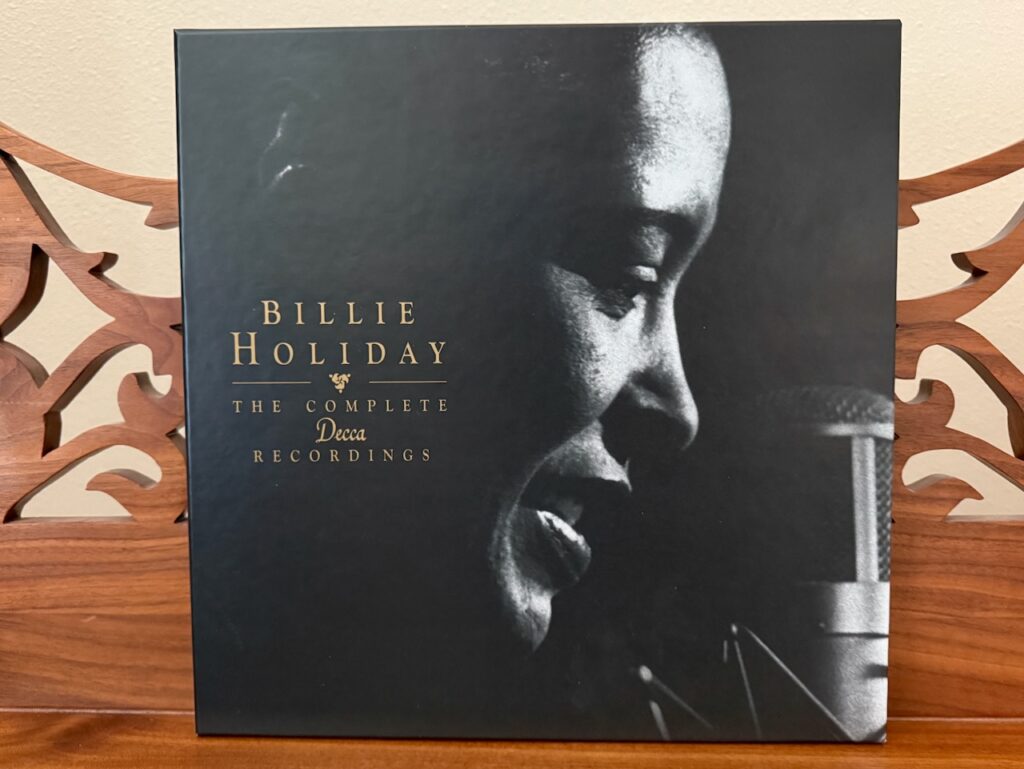
The box set includes recordings transferred to digital from 16-inch vertical cut 33 1/3 r.p.m. acetate "safeties" prior to 1949, and starting in 1949 the original 30 inch per second masters were used to make one-step digital transfers.
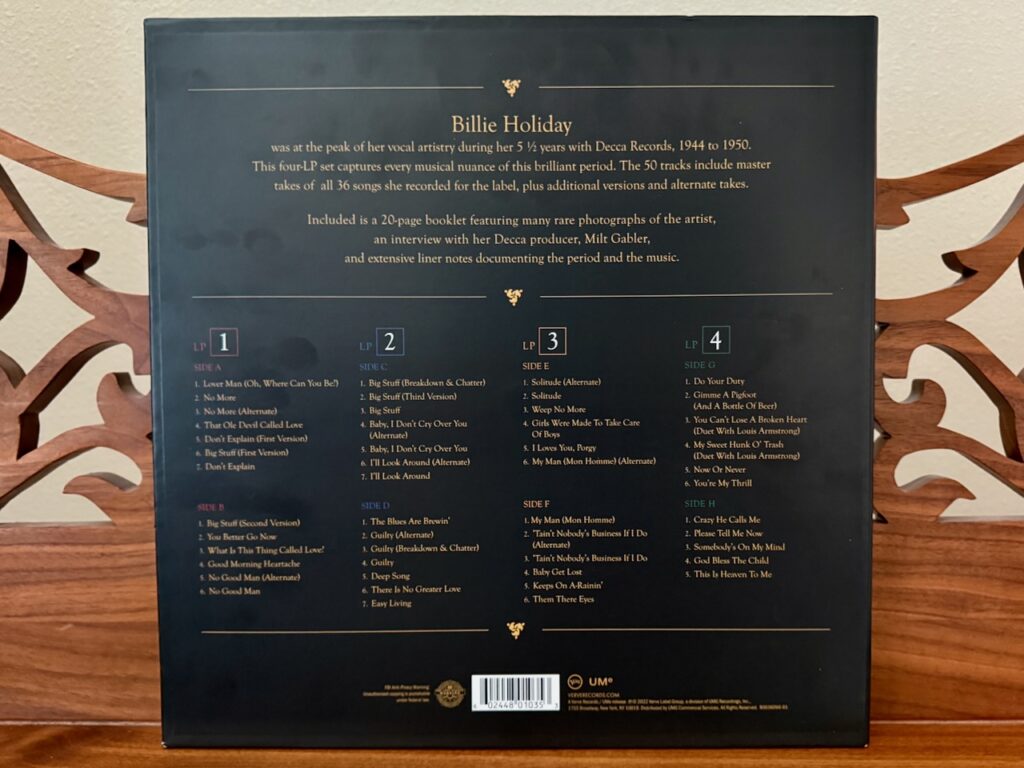
Don't balk at these recordings being sourced from digital transfers, these are fine transfers, and in case it interests you, I've found the vinyl to have a much higher potential performance level than the long out of production 2 CD set from GRP (1991) that used the same digital source files.
So we have a mix of recordings here that spans monaural electrical and magnetic era recording techniques, so there's a real opportunity to hear how well the GTX resolves the fidelity across the recording eras, the recording techniques used, and the GTX's ability to deliver the emotional and artistic content of the music across those eras of the recording arts.
I've got good news for you, the big bold, exciting, liquid, naturally warm, and rich presentation of the music that makes SPUs generally, and the GTX specifically, so desirable, is evident in abundance.
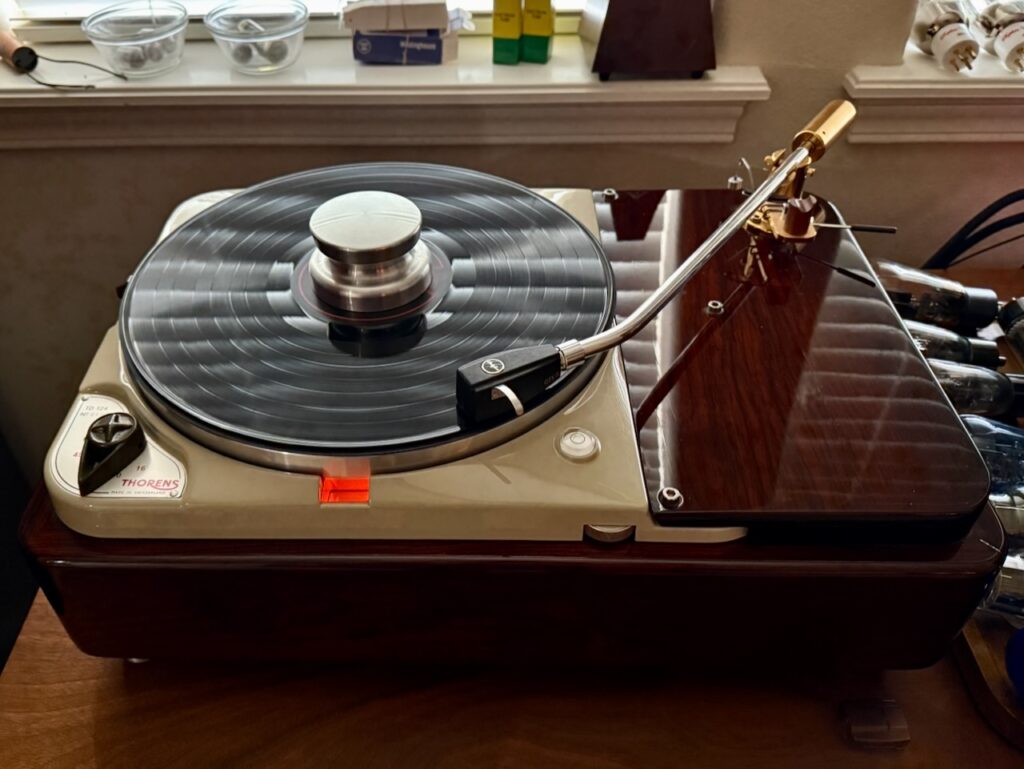
As a bonus, the GTX high level of musicality doesn't diminish the ability to distinguish between the different recording styles one bit, or the relative fidelity of these recordings (i.e., it's high-contrast), and yet delivers them all as extremely listenable, enjoyable, and emotionally evocative performances that fully display Billie's musical artistry.
In fact, the GTX was so artful in the way it presented these recordings of Billie Holiday, it allowed me to fall in love with Billie's music all over again.
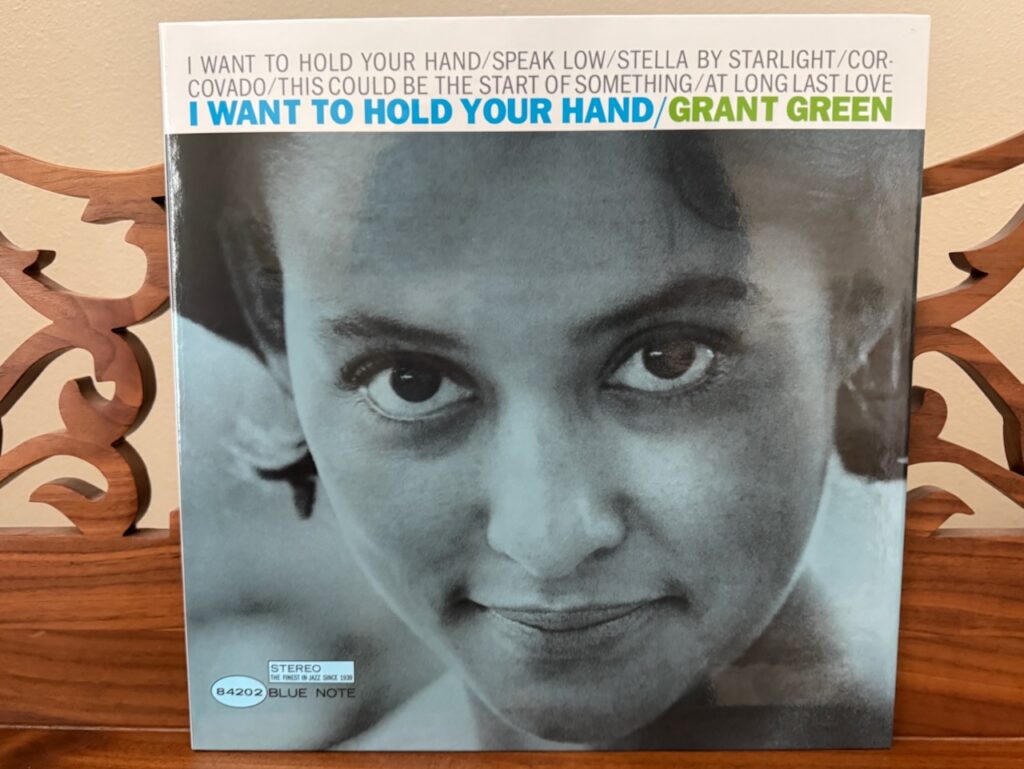
My next LP example is the Blue Note "Tone Poet" reissue of Grant Green's I Want To Hold Your Hand (ST-84202). Originally recorded in 1965 during the peak of fidelity of the stereo magnetic era of recording, by Rudy Van Gelder, the sound quality of this Tone Poet reissue is exceptional.
"Tone Poet" is also an apt description of the Ortofon SPU GTX S phonograph cartridge's performance, as it beautifully delivers the tone colors and timbral textures of Hank Mobley's alto sax, Larry Young's Hammond B-3 organ, Grant Green's guitar, and Elvin Jones' drums.
Once again, as the GTX's spherical stylus touched down into the record groove, I was treated to a big, richly nuanced, liquid, and naturally warm sounding presentation of the music on I Want To Hold Your Hand.
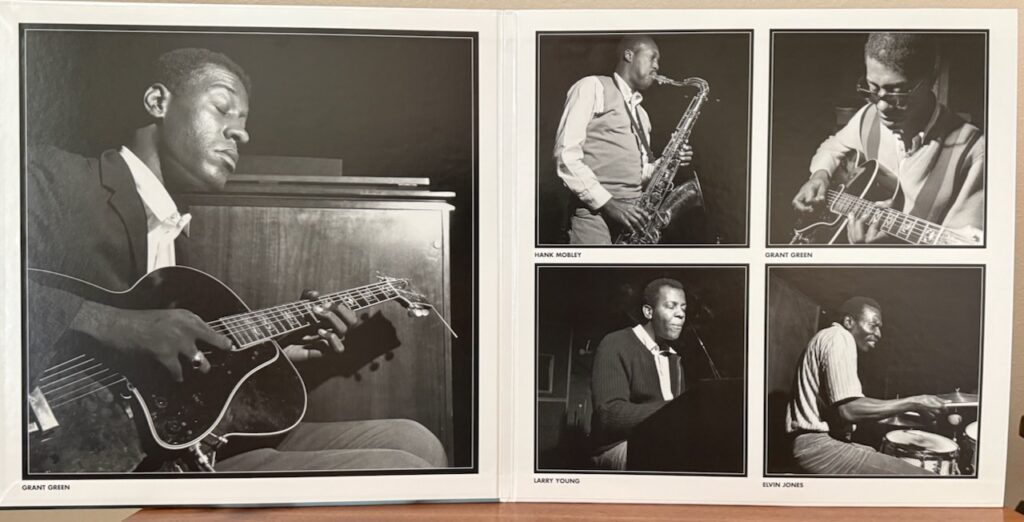
As I listened with the GTX, I could feel Grant Green's emotional shadings in the music, the feelings of sophistication in their playing, the liquid and smooth melodies, the intricate rhythms, all of which allowed me to blissfully relax into the music.
While my vintage inspired system isn't set up to accentuate the visuospatial properties of stereo recordings, soundstage was wall-to-wall, and the imaging was very good, with a solid "flesh and blood" feel to it, and images were nicely layered going back into the soundstage.
The GTX clearly showed what a terrific album I Want To Hold Your Hand was: the remarkable musicianship, the extraordinary recording quality that was achieved during the stereo magnetic era of recording, and the artful remastering of the Blue Note's Tone Poet series of reissues.
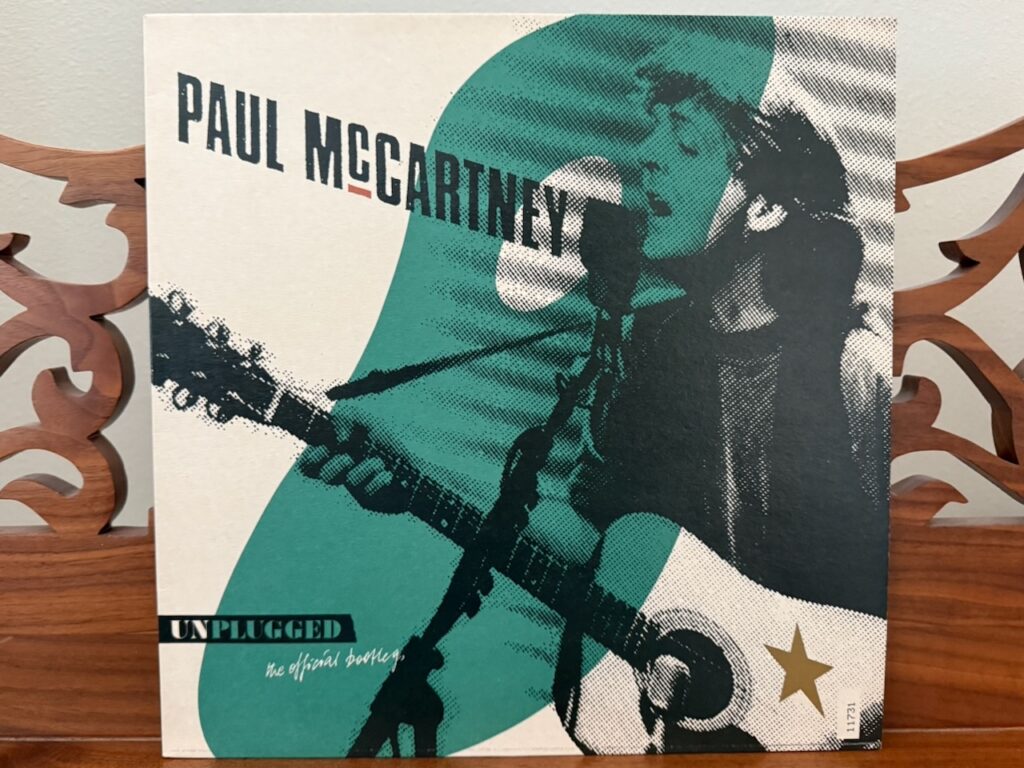
I think I have all of Paul McCartney's albums, but by far my favorite is the live recording, Paul McCartney Unplugged (The Official Bootleg), from MTV's Unplugged series of recordings. Mine is the MPL UK PCSD 116 version recorded and released in 1991.
The vinyl is about the thickness of a credit card, is super flexible, and is the sort of vinyl you really don't want to see as a vinyl enthusiast. Cheap. If an album ever needed to be reissued in a premium vinyl version this is it.
However, the recording quality was very good, the live recording was full of fun and musical life, and you could tell Paul and Linda McCartney, Hamish Stuart, Robbie McIntosh, Paul "Wix" Wickens, Blair Cunningham, and the audience were all having a blast at this concert.
The Ortofon GTX made all that musical fun come to life in my audio system, and dare I say it, the GTX's big, bold, richly nuanced, liquid, and warm presentation made the music irresistible. I wouldn't want to live without this album regardless of the cheap vinyl quality.
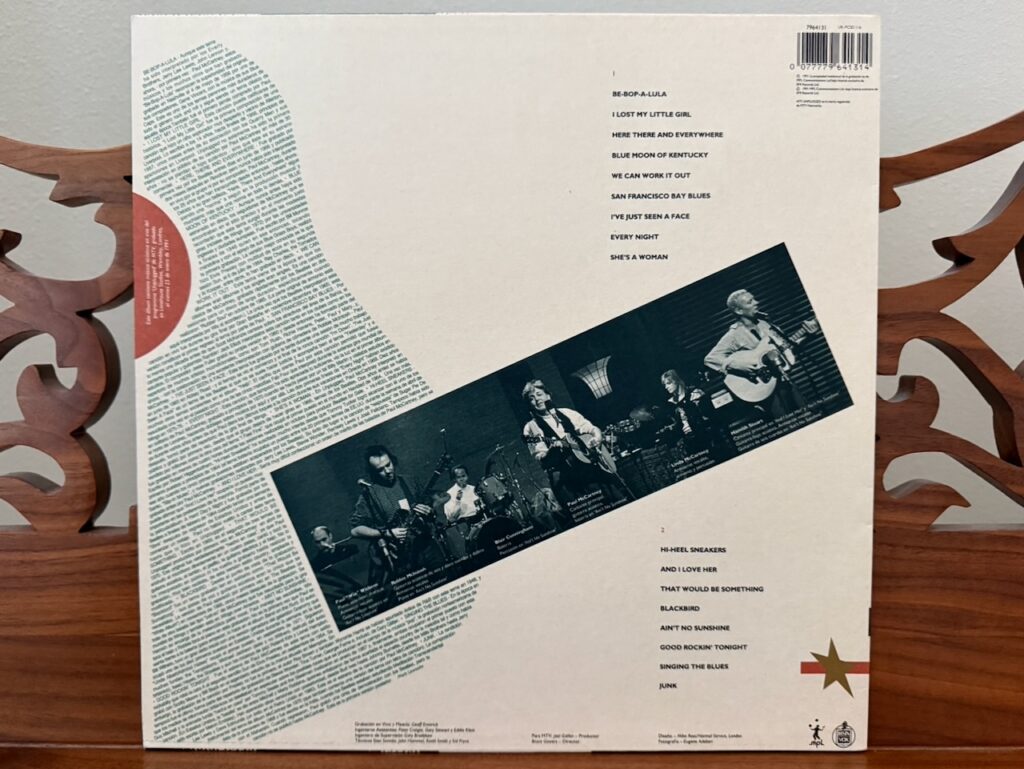
One of the more desirable aspects of the album is that McCartney does covers of a variety of songs of differing musical genres. He covers his own songs, Lennon-McCartney songs from the Beatles, and a variety of songs by Gene Vincent and Tex Davis, Bill Monroe, Jesse Fuller, Robert Higginbotham, Bill Withers, Roy Brown, and Melvin Endsley, and all of them are superb. It's McCartney at his very best.
There's even a fun brain-fade on "We Can Work It Out" where McCartney forgets the lyrics at the start of the song, and they have to start again, lending a very endearing touch to the album.
The GTX gets the beat right, kept my foot tapping, and kept the music moving along with all the excitement that is the lifeblood of this music.
The GTX delivered a wide wall-to-wall soundstage, with excellent imaging of all the instruments, and a generous sense of spaciousness. The GTX's resolution of detail was impressive, and always natural sounding.
If you don't have a copy Paul McCartney Unplugged you better act fast, as they're becoming collectors items and the price is starting to get up there.
Chad Kassem, please, please, please, work your magic on this album and do a premium reissue of it.
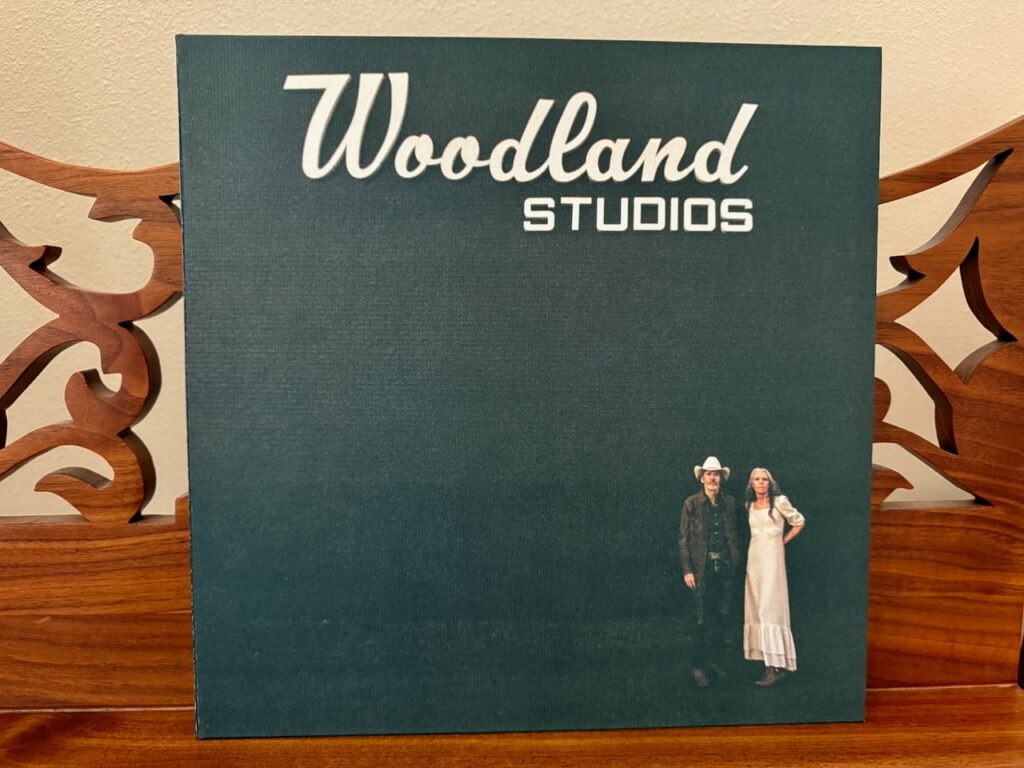
Lately, I've really been enjoying spending listening time with folk duo Gillian Welch and David Rawlings latest album, Woodland, recorded in 2024. Woodland actually makes for an illuminating listening session with the GTX S, both in terms of sound quality and emotional engagement.
When the spherical stylus of the GTX S touched down in the record groove of Woodland, I was treated to that big, richly nuanced, liquid, and warm presentation of the music that classic SPU phonograph cartridges are so cherished for.
Welch and Rawlings are particular about the way they are recorded, and Woodland was recorded superbly, with the GTX revealing a detailed sense of timbral realism, their creative use of tone colors across a darkly beautiful palette of emotional impact, along with the resonant beauty of their vocals, all of which amplified the swirling dark emotional drama that is Woodland.
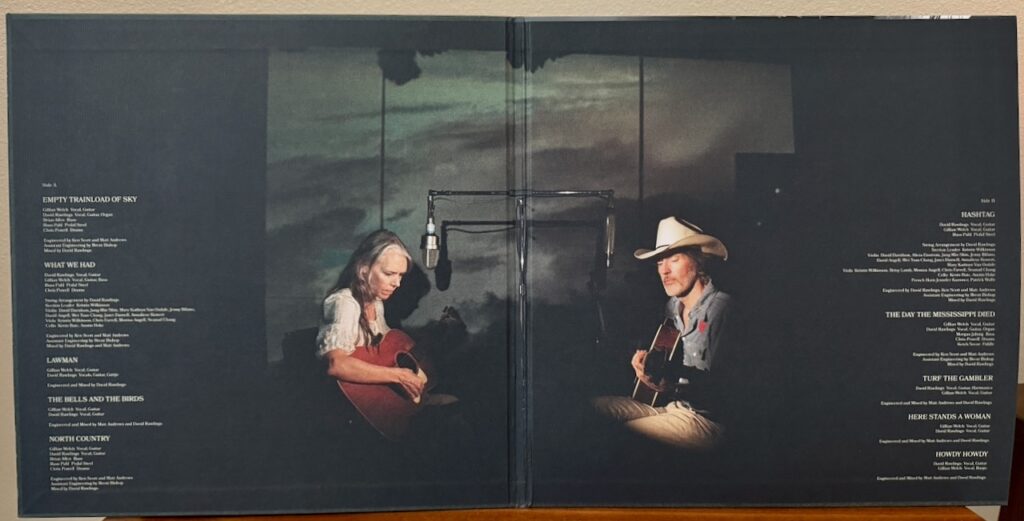
I found the SPU GTX S to be truly exceptional in the way it communicated the emotional content of Woodland, boldly gripping me, pulling me in, song after song, to where I felt I touched the soul of the emotional drama that they poured into their music.
Woodland was recorded at Welch and Rawlings very own Woodland Sound Studios in Nashville, TN. Woodland Sound Studios was hit by a tornado in 2020, destroyed, and which Welch and Rawlings have since rebuilt. They said Woodland was "a swirl of contradictions, emptiness, fullness, joy, grief, destruction, permanence" of what they went through during that turbulent time.
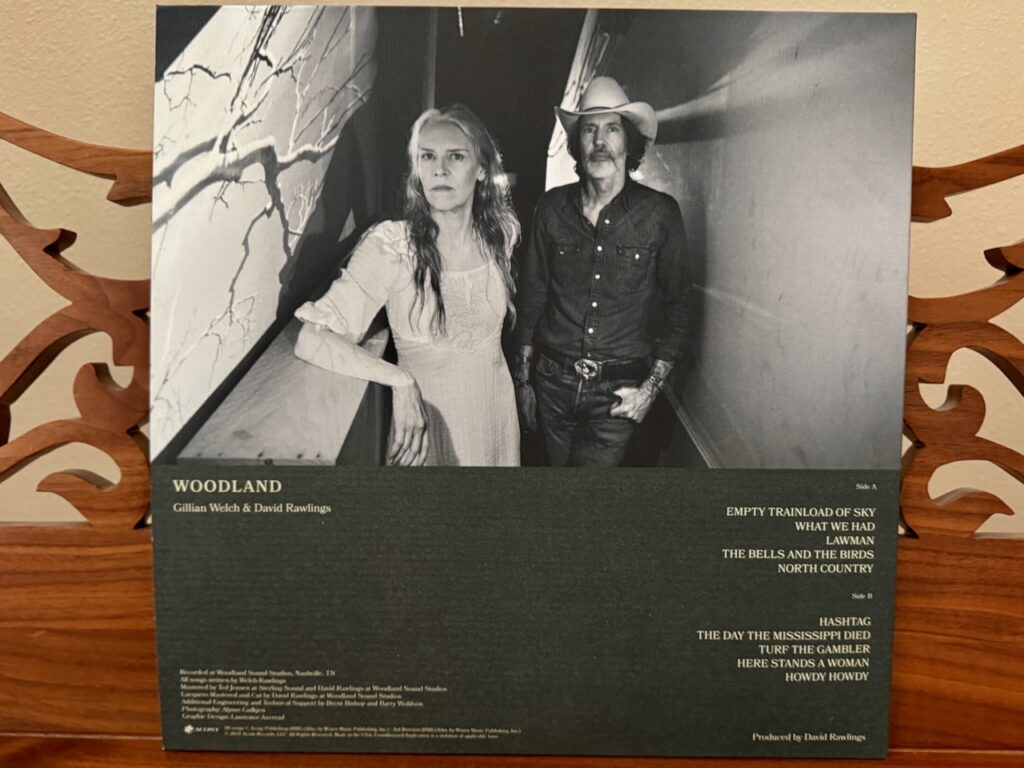
I don't know if it is coincidence or an artistic touch, but when I looked at the black vinyl of Woodland, and then held it up to the light, I found that it wasn't black after all, as I saw swirls of clouds inside the darkness of a tornado, with light faintly showing through from the other side.
The SPU GTX allowed me feel that rich emotional tapestry that Welch and Rawlings weave in Woodland, where they are crows crying tears of darkness of loss and sorrow, yet there's still that faint glimmer of hope that keeps a flame flickering that life will get better, but even if it doesn't, there's still beauty to be found in darkness.
I hope those listening examples give you a feel for the performance of the Ortofon SPU GTX S. I've listened to all kinds of musical genres through the GTX, and the GTX always made the music come alive for me, engage me in the musical message, and fill me with awe and appreciation for the great musical performances we have available to us in 2025.
Summary
Listening to music with the Ortofon SPU GTX S moving-coil phonograph cartridge basically blew me away with its musical prowess. I absolutely adore its way with the music, the way it conveys the drama and emotional content of music, which allowed me to get lost in musical reverie in album after album.
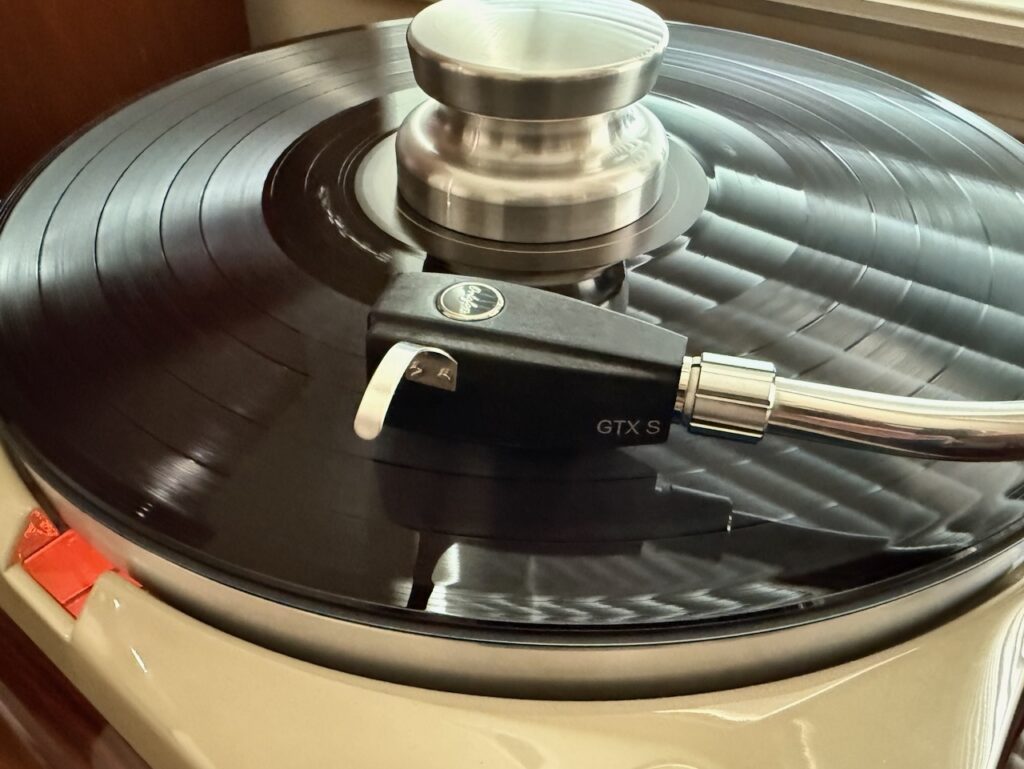
Not only does the Ortofon SPU GTX S portray all those musicality traits like timbral realism, resolution of tone color, melody, harmony, rhythm, dynamics, and tempo, in superb fashion, but I also found it positively transcendent in its ability to convey the emotional shades of music so that they penetrated into the very core of my being.

I also am really impressed by the inclusion of the miniature Lundahl step-up transformer (SUT) into the SPU body shell, which really simplifies the GTX's installation into an audio system, and as a big bonus the SUT is perfectly voiced to get the best out of the GTX.
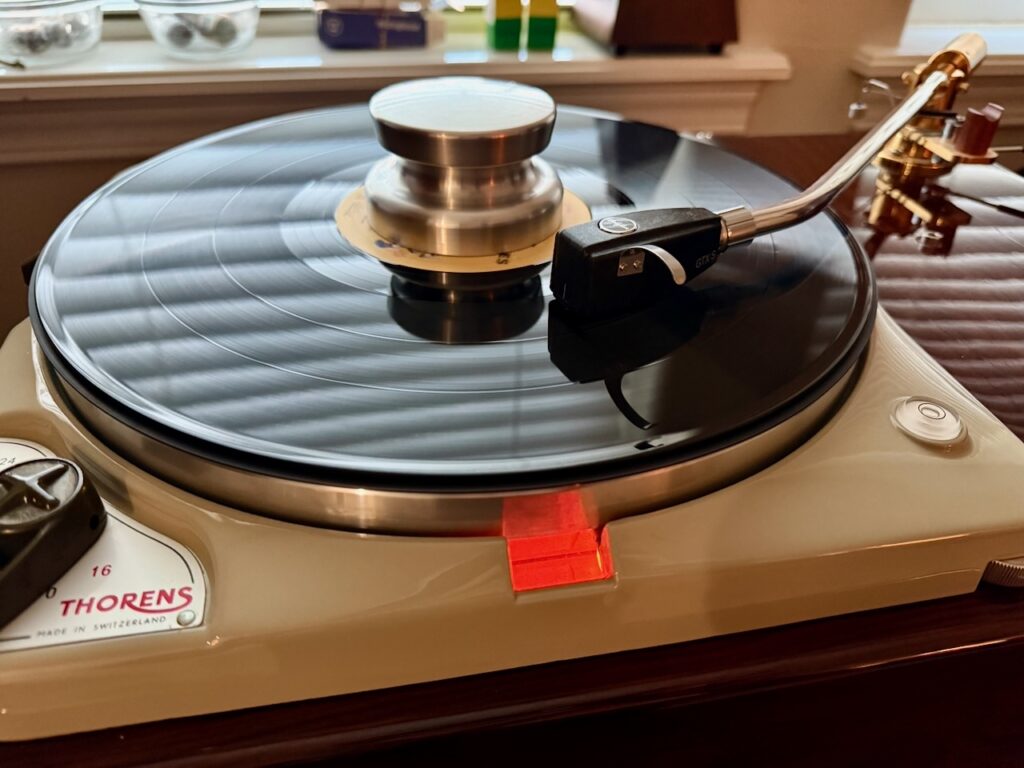
Do I recommend the Ortofon SPU GTX S? Absolutely!
The GTX S is a bargain at its retail price of $1119 (USD), and I'm so impressed with the new Ortofon SPU GTX S that I am going to request to purchase the review sample! How's that for a recommendation?
I would like to thank Louis Dorio of Ortofon for sending the Ortofon SPU GTX S to me so that I could write about it for you here at Positive Feedback.
As always, thanks for stopping by, and may the tone be with you!
Ortofon SPU GTX S moving-coil phonograph cartridge
Retail: $1119
Ortofon
https://ortofon.com/products/spu-gtx-s

